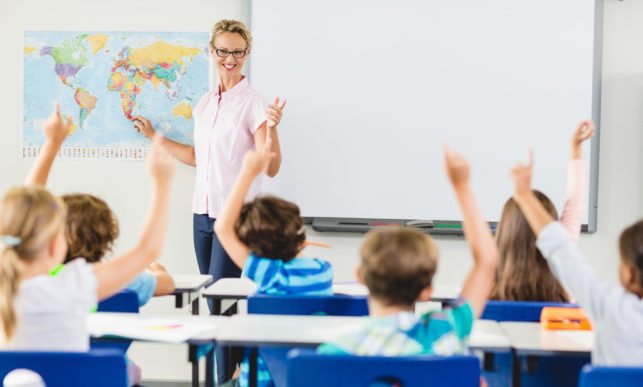Teachers play one of the most important roles in our society- educating the young. But who teaches the teachers? This is where teacher training comes in, and in New Zealand we have a variety of programs and systems designed to create nurturing, intelligent, dedicated teachers in a number of sectors of education. Not all teacher training is the same, and varies mostly depending on the level of students involved. Here’s a quick rundown on some of the main types.
Early Childhood Education
Early childhood education represents its own form of training. The teaching done at this level focuses on growing and developing very young minds and bodies, without so much emphasis on a strict curriculum. Much of the work is done through play, stimulating imagination and creativity. Reading and singing are also common ways of engaging such young children, and of course a large part is simply supervising them as they play on their own or with others. Early childhood education has a specific qualification that needs to be studied for, and focuses a lot on child development.
Primary/Intermediate School
Similar to Early Childhood, Primary school teacher training focuses on developing children as they grow. However as the students get older, there is more and more focus on a curriculum of maths and English, so that when they enter high school, they’ll be prepped and ready to enter a regular testing system without falling behind. In terms of training, teachers must study both a range of childhood development techniques and information, as well as refreshing their own general education. Because they will be expected to teach lessons on maths, science, English and health, it’s essential they have the correct knowledge to pass on.
High School
High school teacher training is usually done somewhat differently to the earlier kinds. Rather than going to tertiary to specifically study education, they pursue the degree that interests them and that they would like to teach (Maths, History, Science etc) and then do an extra year of a teaching diploma after graduation. Usually they are required to have at least two subjects of authority, usually related. This allows them to have a much deeper knowledge on those specific topics, rather than just a general knowledge of everything. In the teaching diploma, they learn how to package this information so it can be passed on and shared.
ESOL
ESOL teaching is different again to the other types of teaching. Rather than teaching any particular subject, students are there purely to learn English in the ESOL classroom. This means the teacher training focuses mostly on ensuring the teacher has impeccable English skills, and equipping them with techniques to pass it on. Teaching English to someone who doesn’t actually speak it can be a very hard job, so usually fairly intensive training is required. The courses are usually nowhere near as long as an entire degree, however.
University Professor
To become a University Professor you usually need two things- at the very least a Masters degree, and some tutoring experience at University level. The former is gained in the field that you’re interested in, and you specialise on a topic. The latter is usually offered to honours and other graduate students who are continuing their study, and is done in conjunction with the supervising lecturer so they can learn what sort of activities and teaching is required.
Becoming a teacher is a difficult but rewarding process. And as you can see, every teacher has a different type of training they must do. If you’re thinking of going into teaching, make sure you make a careful decision about which level you want to teach at, so that you’ll enjoy your role as educator and mentor for years to come.
